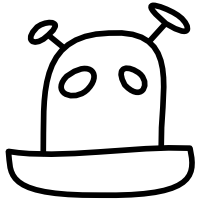Nanoc3 is a pretty awesome static site generator. It works by running your content through “filters” to create the final static site. It comes with a lot of built in filters – Haml, Sass, rubypants, markdown, and more! Nothing for Javascript though. Which is sad because I really like CoffeeScript. It’s ok! I wrote my own filter, shared here for your enjoyment.
Bang this in your lib folder:
1
2
3
4
5
6
7
8
9
10
11
12
13
14
15
16
17
18
19
20
21
22
23
24
25
|
require 'open3'
require 'win32/open3' if RUBY_PLATFORM.match /win32/
class CoffeeFilter < Nanoc3::Filter
identifier :coffee
def run(content, params = {})
output = ''
error = ''
command = 'coffee -s -p -l'
Open3.popen3(command) do |stdin, stdout, stderr|
stdin.puts content
stdin.close
output = stdout.read.strip
error = stderr.read.strip
[stdout, stderr].each { |io| io.close }
end
if error.length > 0
raise("Compilation error:\n#{error}")
else
output
end
end
end
|
To use it, a compilation rule like the following is pretty neat:
1
2
3
4
5
6
7
8
9
|
# Compile both coffee and js, co-mingled in the same directory
compile '/js/*' do
case item[:extension]
when 'coffee'
filter :coffee
when 'js'
# Nothing
end
end
|
Don’t forget to add ‘coffee’ to the list of text extensions in your config.yaml!
Protip: You can use the above pattern to filter content through any command line program. Figlet anyone?


